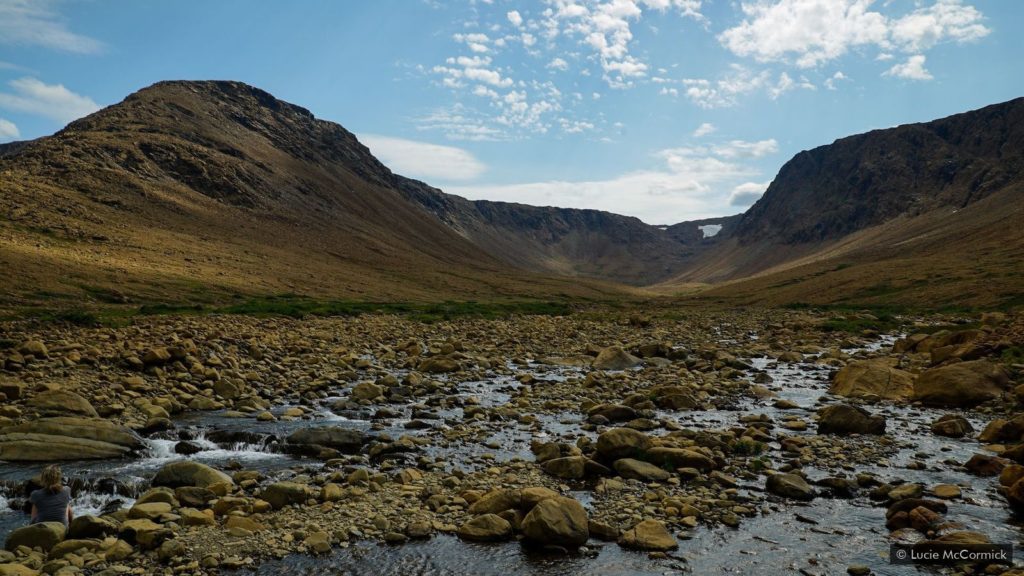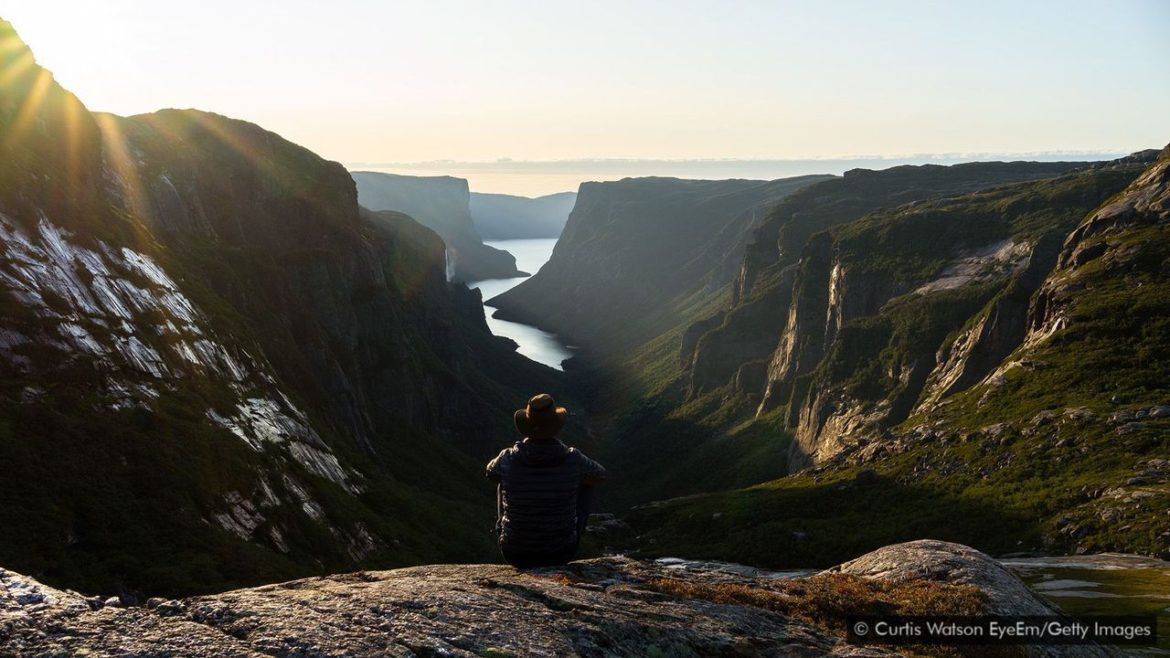Canada’s remote Gros Morne National Park is one of the few places where you can see the Earth’s mantle.
Written content by Lucie McCormick via BBC
An otherworldly landscape
During the warmer months, Canada’s easterly island of Newfoundland is a lush wonderland dotted with lakes, bogs and endless forests. But on Newfoundland’s west coast, wedged between the deeply carved fjords and towering peaks of Gros Morne National Park, a barren plateau emerges.
Known as The Tablelands, this vast desert-like landscape that resembles Mars is the result of half a billion years of geological activity. But beyond its striking appearance, the park was named a Unesco World Heritage site because it offers a scientific window into the past – and, potentially, into other worlds. (Credit: Curtis Watson EyeEm/Getty Images)

The Earth’s soul
The Tablelands is one of the few places on the planet where you can glimpse the “soul” of the Earth: its mantle, the deep layer of silicate rock found miles beneath the crust. This type of rock is rich in toxic metals and is inhospitable to most vegetation, which is why the Tablelands is so barren. In fact, compared with the rest of the lush Gros Morne National Park, the Tablelands sticks out like a sore thumb.
“What’s remarkable is not only [that it’s] so well exposed, it’s well preserved,” said Rob Hingston, visitor experience product development officer for Gros Morne National Park. (Credit: Lucie McCormick)

How did this happen?
According to Dr Alison Leitch, a geophysicist at Memorial University of Newfoundland, 500 million years ago, as the supercontinent of Pangea was beginning to form and the Iapetus Ocean was closing, what would now be considered North America and Europe were colliding. When continents shift, fragments of crust are often subducted, or recycled, back into the Earth, but in this case, a fragment of the Earth’s mantle, which had been a piece of the ocean floor, was pushed up to form the Tablelands. This landscape remained pretty well buried by ice until finally, just 12,000 years ago after the last Ice Age, the mantle became visible.
“It would have eroded away in a few million years [but] it’s preserved because it’s been underground most of the time since it was formed,” said Leitch. “It just sort of popped up during post-glacial rebound like a lot of the other features that you see in western Newfoundland, and it’s being eroded away as we speak.”
Prior to the in-depth study of the Tablelands in the 1960s, plate tectonics were only a theory. When scientists realised that the barren rock emerging from the dense forest of Gros Morne was, in fact, a broken-off piece of the Earth’s mantle, it helped prove the theory that the Earth is covered in tectonic plates. (Credit: Marc Guitard/Getty Images) Read more from BBC.
Follow “News Without Politics” for updates on more amazing stories across the U.S. and around the world without media bias.
Stay informed from the best unbiased news source: newswithoutpolitics.com





